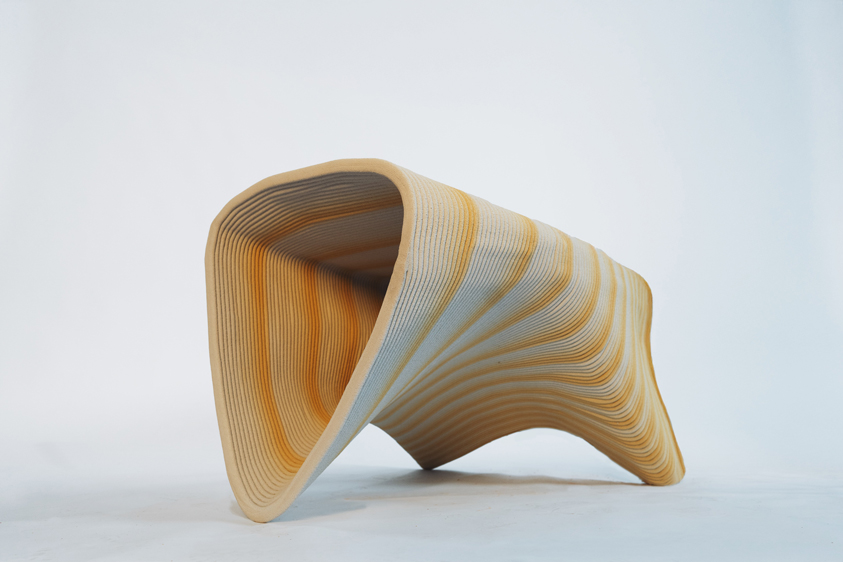1K(1-Component) printing involves using only concrete in the printing process. On the other hand, 2K (2-Component) printing introduces a secondary mixing step where an accelerator is added just before extrusion. This accelerator is asubstance that helps the concrete dry faster immediately after mixing. Both approaches have their unique advantages, catering to different project needsand scales.

Vertico offers both of those solutions for 3D concrete printing.
1K Designed for speed and efficiency in large-scale, high-volume projects.
2K Perfect for intricate designs and detailed projects with unmatched precision.

Key Differences between 1K and 2K Printheads
Material Composition and Mixing
1K: The concrete mixture is prepared in advance, resulting in a consistent but less flexible material.
2K: The base material and accelerator are mixed moments before extrusion, allowing for on-the-fly adjustments and faster setting times.
Precision and Design Capabilities

1K:
- Balanced precision for large-scale efficiency
- Suitable for simple straight shapes and basic patterns
- Ideal for large-scale construction, walls, and water tanks
2K:
- Engineered for high-accuracy detailing
- Enables unparalleled form freedom, large overhangs, and intricate patterns
- Perfect for design, architecture, and art projects (e.g., columns, flower pots, benches, art pieces)
Material Properties
Both 1K and 2K systems can use materials with grain sizes up to 8mm and are compatible with products from various suppliers. However, their handling differs:
1K: Materials are harder to pump as they need to be stiff enough to improve buildability.
2K: Materials are easier to pump because the rheology only changes at the last second, resulting in more consistent output.
Hardening and Curing
1K:
Open time is about 30+ minutes
Curing takes 7-14 or 28 days
2K:
Open time is about 30 seconds
Curing takes 7-14 or 28 days
Speed and Efficiency
Both 1K and 2K systems offer dynamic speed capabilities. However:
1K: Better suited for large-scale, high-volume projects where speed and efficiency are crucial.
2K:Designed for projects requiring rapid setting and precise detailing.
Choosing Between 1K and 2K
The choice between 1K and 2K systems depends on your specific project requirements:
Application of 1K and 2K 3D Concrete Printing

1K is ideal for:
· Builders and contractors managing large-scale operations
· Projects prioritizing simplicity and cost-effectiveness
· Applications where longer open times are beneficial

2K is perfect for:
· Architects, designers, and artists
· Projects requiring intricate designsand detailed work
· Applications where rapid setting andhigh precision are essential
Both systems have their strengths, andcompanies like Vertico offer solutions for both 1K and 2K 3D concrete printing,catering to a wide range of construction and design needs.
%402x.svg)











